The Case for and Against Landmarking: A Look at the Proposed Bedford District in Bed Stuy
As REBNY fights landmarking across the city, The New York Times looked at the arguments pro and con for landmarking the proposed Bedford Historic District in Bed Stuy. For those who’ve been following the landmarking fight all along, there isn’t anything new here. But there are some fantastic quotes from our columnist Montrose Morris and reader…
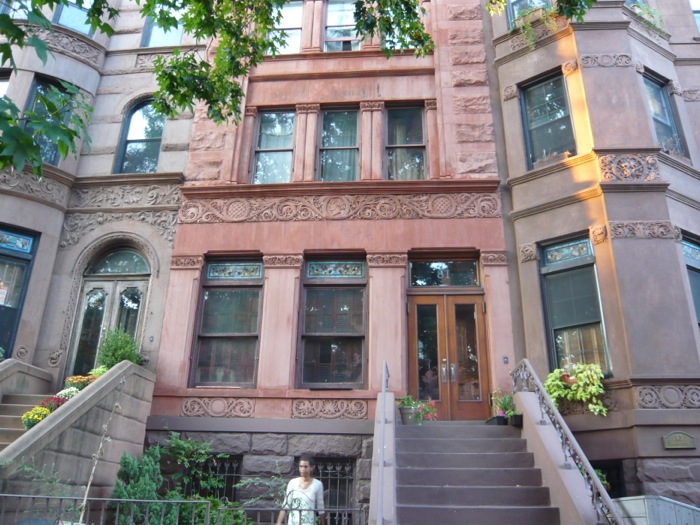

As REBNY fights landmarking across the city, The New York Times looked at the arguments pro and con for landmarking the proposed Bedford Historic District in Bed Stuy. For those who’ve been following the landmarking fight all along, there isn’t anything new here. But there are some fantastic quotes from our columnist Montrose Morris and reader and preservationist Claudette Brady, a founder of the Bedford Stuyvesant Society for Historic Preservation.
“Bedford Stuyvesant is a hard-working community of proud people who, when the city and government failed them, took back the streets, one block at a time,” said preservationist and Montrose Morris columnist Suzanne Spellen. “We swept our sidewalks, planted flowers in our yards and watched everyone else’s children as if they were our own. Landmarking is an affirmation of that struggle, a reward for holding on tight to something of great value, and that is this remarkable community of brick and mortar, tradition and pride, flesh and bone. It will protect what has been preserved for the last 150 years so that it can be handed down for those who will come after us, without the dangers of overdevelopment or arbitrary tear-downs and alterations.”
Those quoted against it say it will usher in gentrification and force renters and owners to move because they won’t be able to afford to maintain their buildings. Yet Crown Heights and other parts of Bed Stuy were landmarked by enthusiastic black homeowners well before gentrification, which has now arrived in the not landmarked Bedford area with a vengeance. Now that gentrification is here, we would argue that landmarking is needed even more urgently. Developers — who have been fighting landmarking as far back as the late 1950s in Brooklyn Heights — are putting up inappropriate buildings and Fedders specials in formerly pristine blocks.
In fact, this section is arguably the most architecturally significant in Bed Stuy. (Above, a few houses on Halsey Street close to the famed Alhambra Apartments.) If Stuyvevsant Heights and Park Slope deserve landmarking, then this area is even more worthy, in our opinion. In fact, we can’t understand why it wasn’t landmarked first.
What’s your opinion?
Argument Over a Brownstone Neighborhood [NY Times]

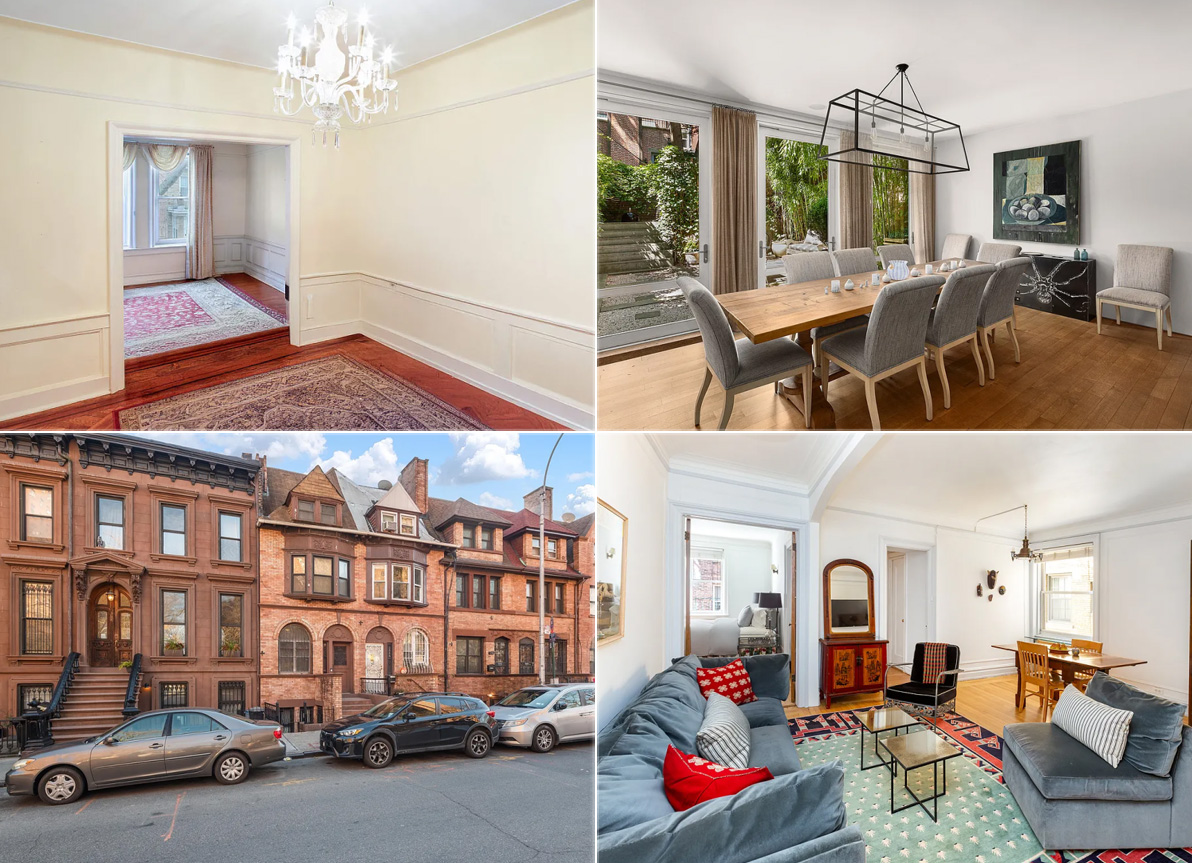
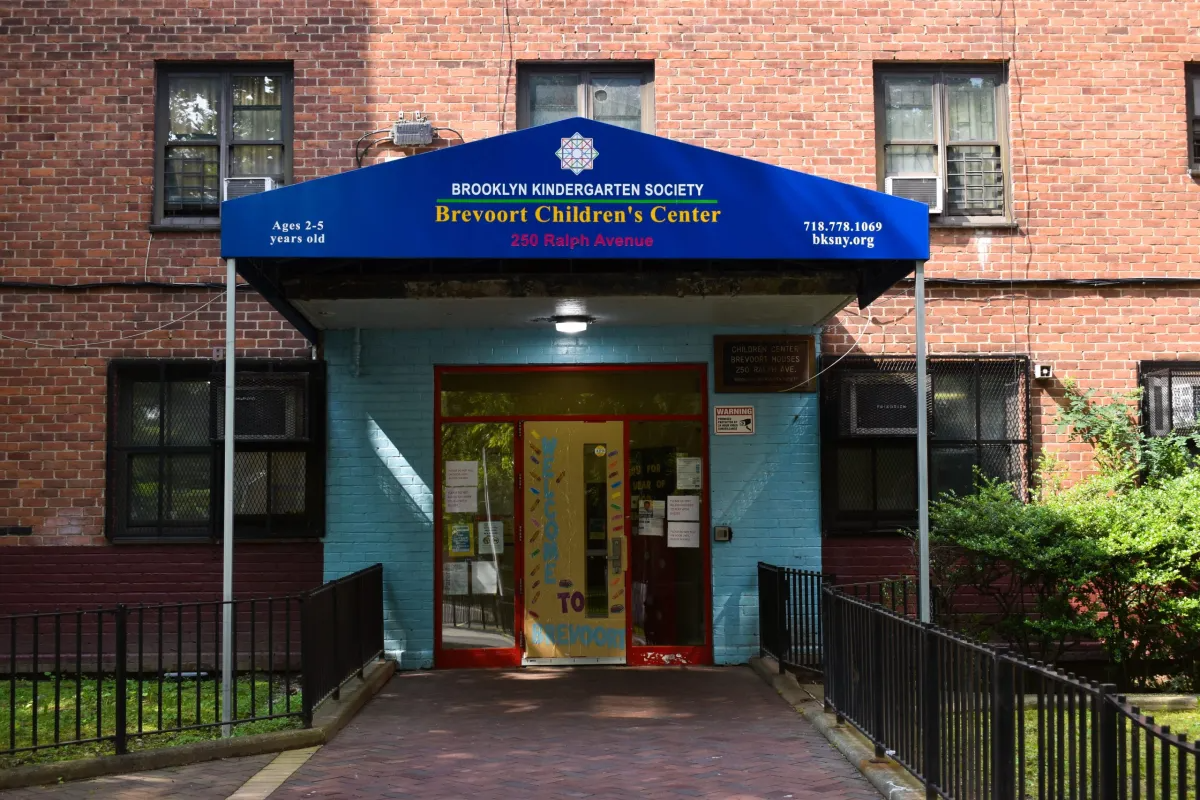
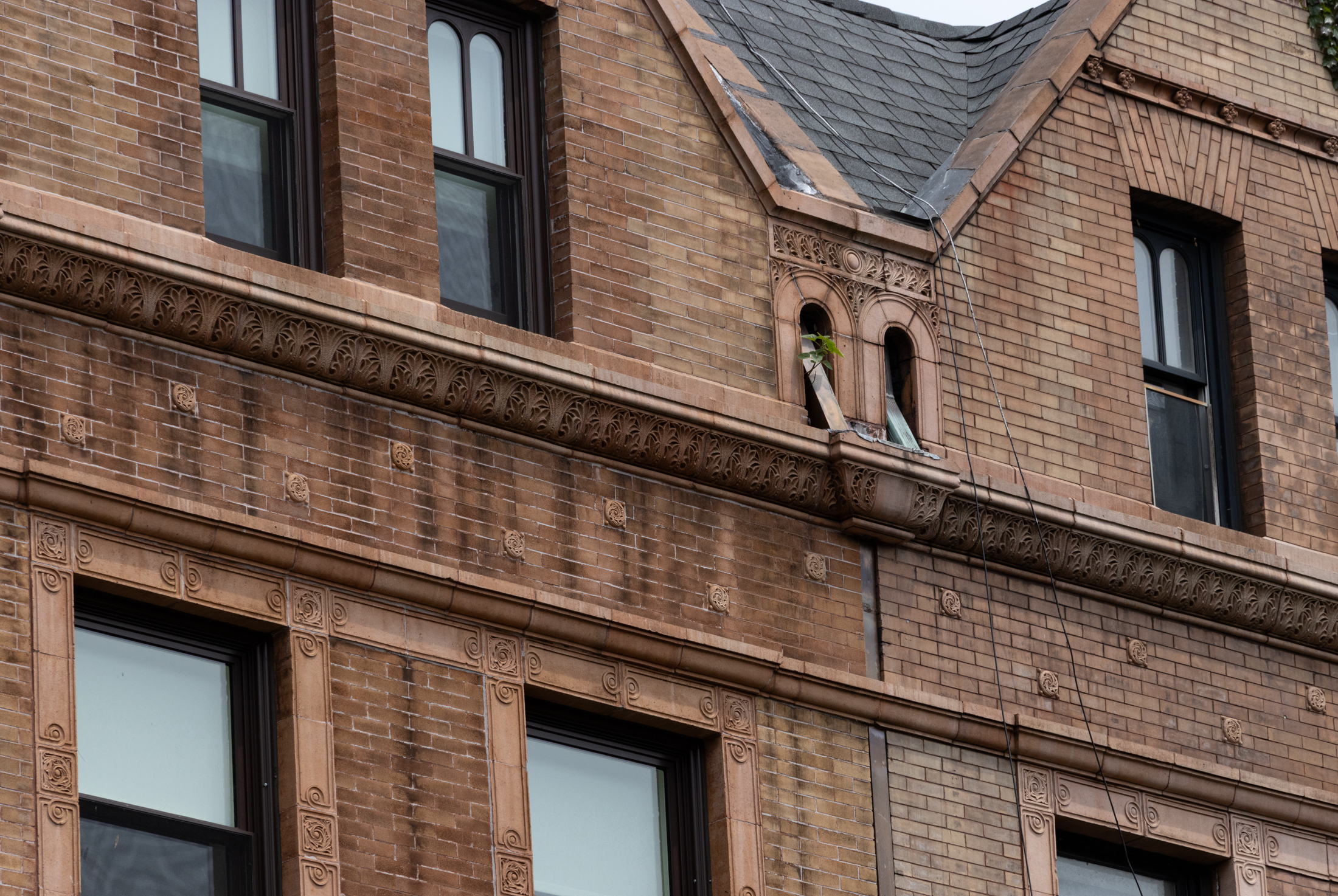
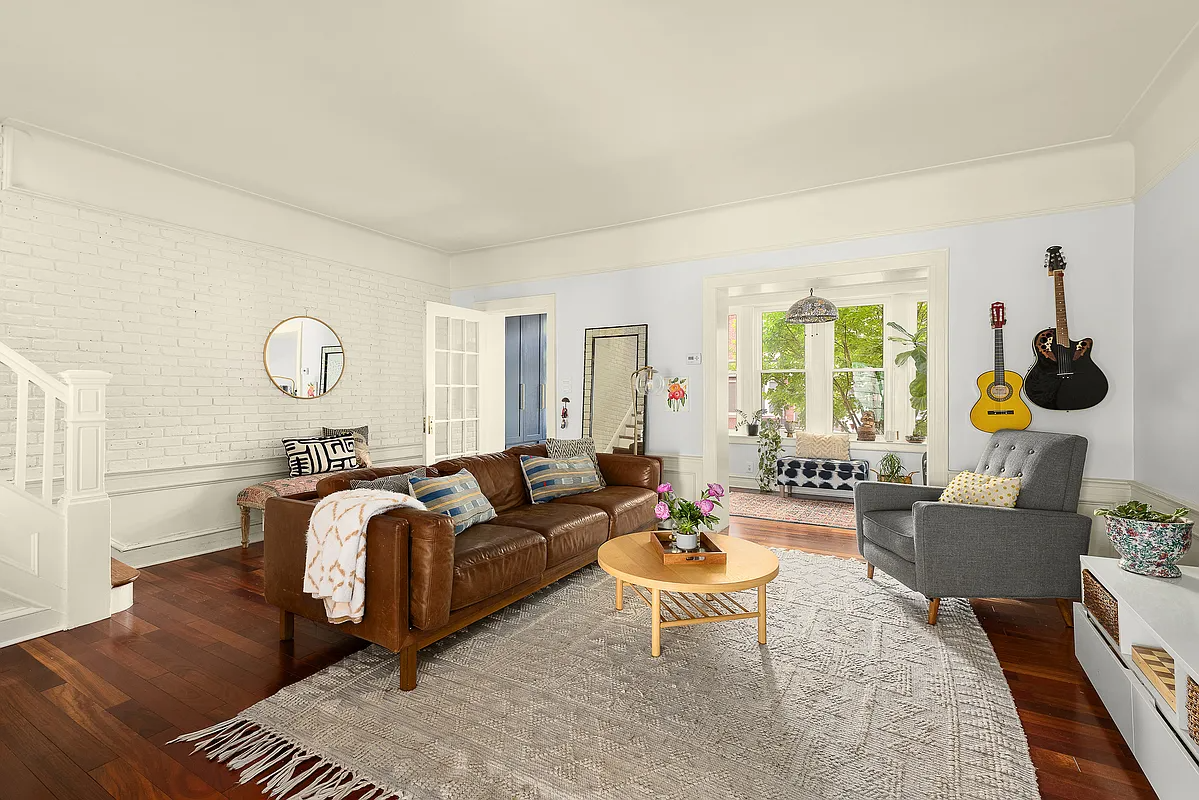
I guess I missed the case “against” landmarking implied in the headline here. There must be someone other than me against it but I guess you can’t find them or REBNY didn’t want to bother with Brownstoner.
Anyway, to me the case is simple. Landmarking is a “lose-lose” not a “win-win”. “win-wins” are really just a tool for stifling arguments. Who could be against a win-win? So why debate it? As Aristotle said, “over matters certain, no one deliberates”.
Anyway, I’ll take the loner position here. Landmarking is a lose-lose because it manages to drive down the total value of the owners property, while driving up the rents per square foot.
Anyone who pretends to oppose gentrification, yet supports Landmarking is either disingenuous or deluded.
With or without inclusionary zoning, with or without “affordable housing” schemes, the iron laws of supply and demand prevail. Limit supply, raise rents. Increase supply, lower rents.
To confuse matters more, I will tell you that I am a Socialist.
Thanks for your time.
Create demand and affordability does not have to come at the cost of not landmarking and preserving the city’s history.
For starters, empty lots can be develop and more units and extension can be added to existing buildings. It’s disingenuous to think that once landmarked the properties become stagnant and not build to it’s potential.
I’m a big fan o William Morris and other like-minded thinkers. And what is to be learned from it is that a society that doesn’t preserve it’s past it’s a dead society.
Niccolo Machiavelli in 1971 Stuyvesant Heights became the third landmarked district in Brooklyn and what your saying about property value and gentrification is not true. To tell you the truth during the hard times in the 1980s and 90s Stuyvesant Heights values stayed stronger than the greater Bedford Stuyvesant. Also after landmarking we did not have gentrification. Yes professional mostly people of color did move into the area but the area always had professionals.
I like landmarking but see both sides of the issue. IMO it would help if LPC would reduce their red tape and proactively increase communication around what landmarking means and doesn’t mean. In the absence of communication, rumors and misinformation become the truth. I can see why some property owners are worried as it is very complicated and expensive to maneuver LPC requirements along with all the other city departments. If the city wants buildings to look a certain way, then why not help fund the required expensive craftsmanship.
SEPAL… http://www.stuyvesanteast.org/
MM, You pretty much destroyed the mediocre house argument and I agree.
Next point… What about the financial impact on current homeowners? Surely you’d acknowledge that LPC regulations come with an added price tag for homeowners. Or is that also part of REBNY’s misdirection?
Well put MM.. If he wants to know what is so special about this architecture of Bedford he should really come on our tour sometime…
I need some help with Stuyveasnt North juanus_superbus please e-mail at savebesdstuy@gamil.com
NOOOOOO!